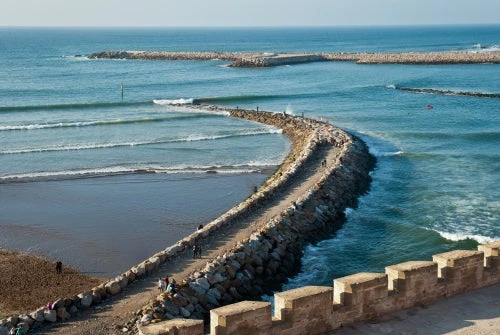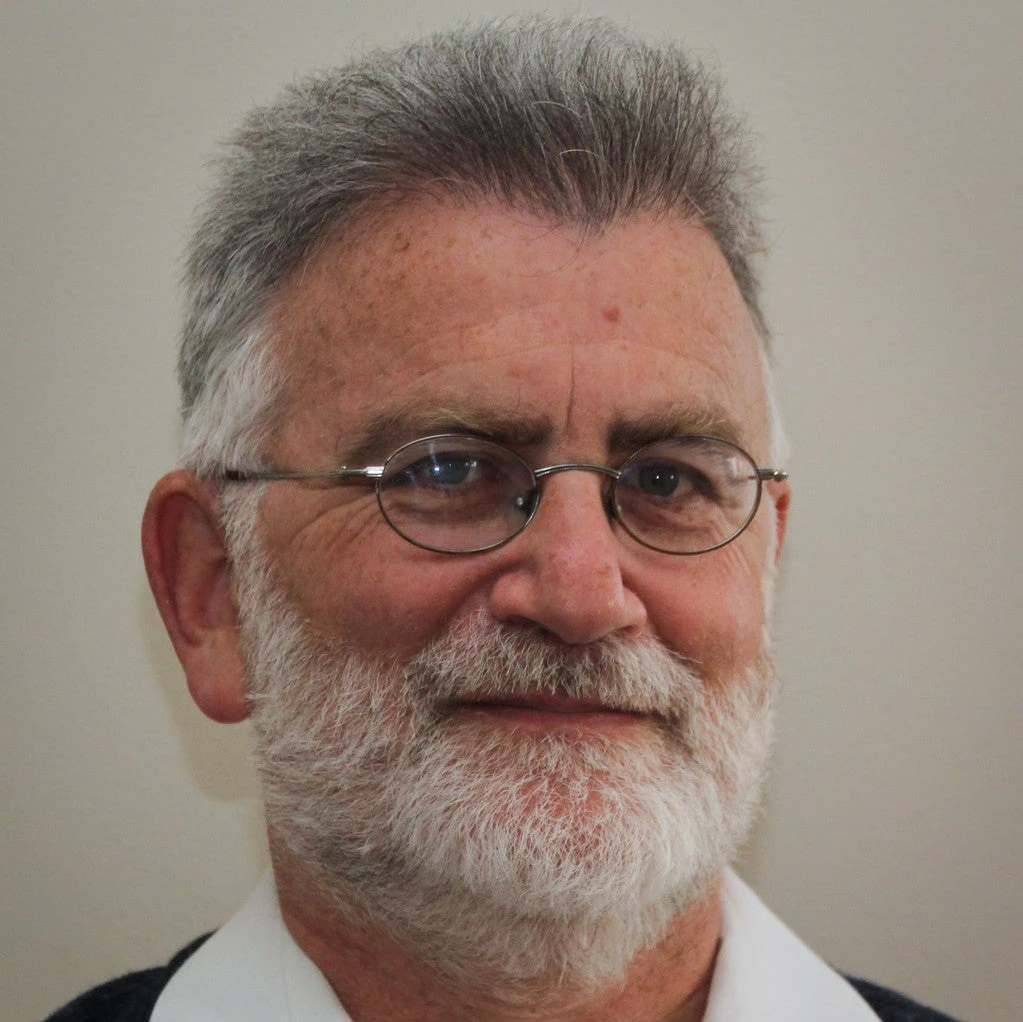This blog originally appeared on the CMI's blog.
The Paris Agreement addressed how much developing countries should take on climate change mitigation responsibilities even though they did relatively little to cause it, how developed countries should support developing countries financially to help them make those efforts, and how markets can effectively support mitigation.
Now it is for France to pass the baton from North to South across the Mediterranean to the host of COP22: Morocco, and to support Morocco in making COP22 a comparable success. In short, to pass from the “COP of decision” to the “COP of implementation” within the Mediterranean space.
Indeed, the Mediterranean is a veritable microcosm of the COP challenge. Nowhere else in the world are so many developing countries in such close physical proximity to so many developed ones. About ten percent of the world’s countries clustered together around that narrow sea, sharing an ecosystem, interconnected by infrastructure, exchanging goods and services, seeing the ebb and flow of migrants, travelers, and refugees.
So how could France and Morocco, in their common Mediterranean space, show the world what can be done in partnership to move the COP process forward in the critical first year of the Paris Agreement? What powerful symbols could they achieve by the first anniversary in Marrakech to manifest the power of partnership between developed and developing countries?
One such symbol would be to reverse the flow on the only electricity interconnection between Europe and North Africa – across the Straits of Gibraltar, where the Mediterranean opens to the outside world. Right now the interconnection transports “grey” electricity North to South, from Spain to Morocco.
What if France purchased some “green” electricity from the largest solar plant in the world, at Ouarzazate in Morocco, and the electricity could then flow from South to North? What would that say to the world about climate partnership and financial support? And what would that example do for investment, jobs, and growth as solar energy spread across North Africa in response to such a great market-driven opportunity? How would that look at COP22? What other climate partnerships and path-breaking climate actions could that encourage elsewhere on the globe?



Join the Conversation